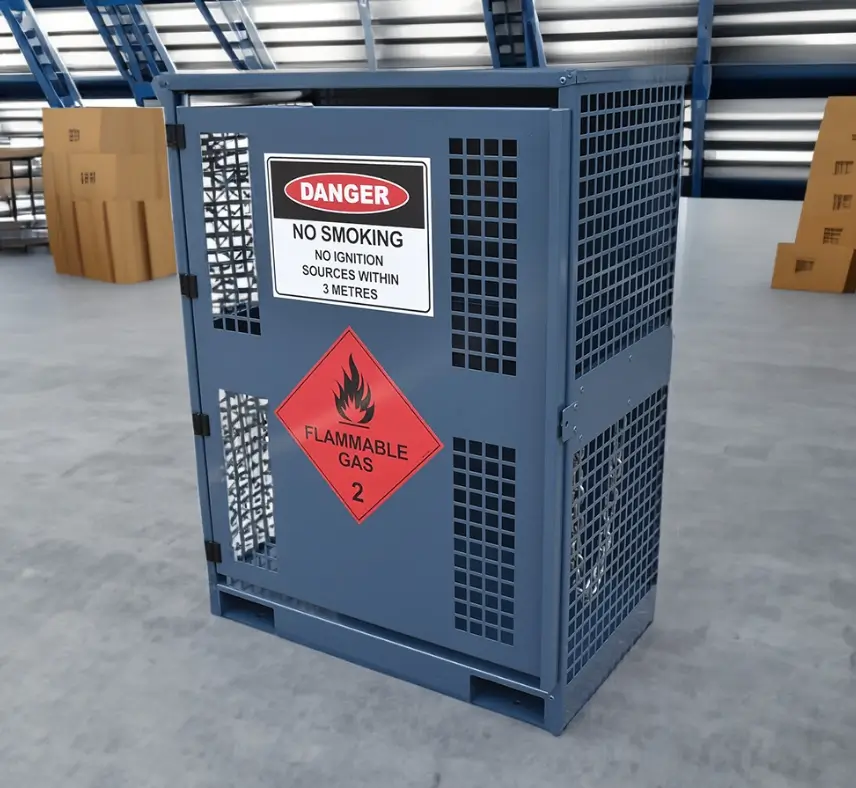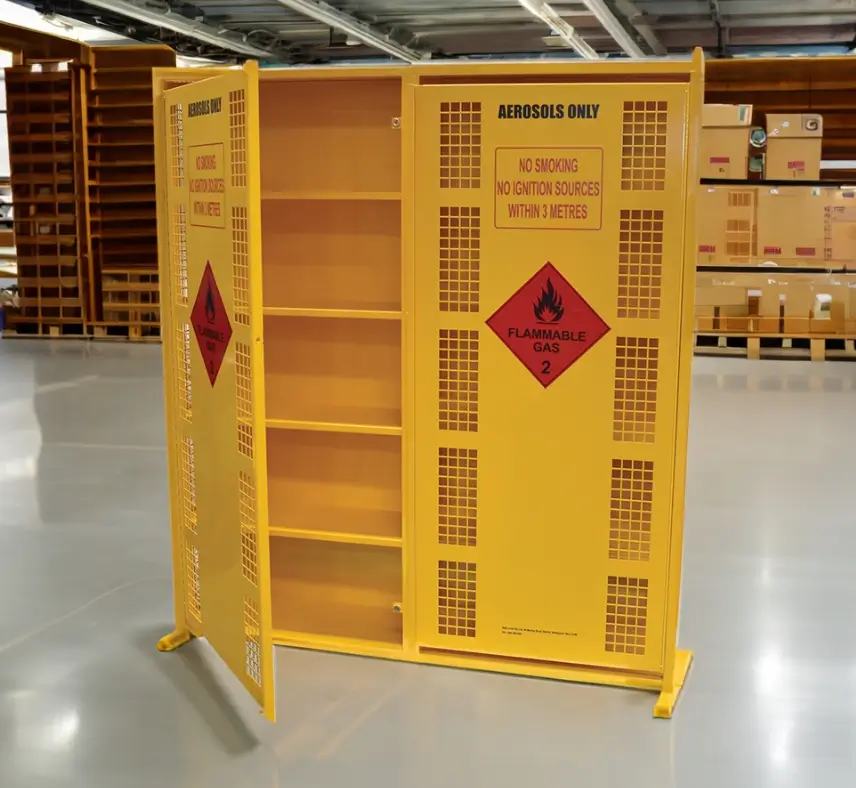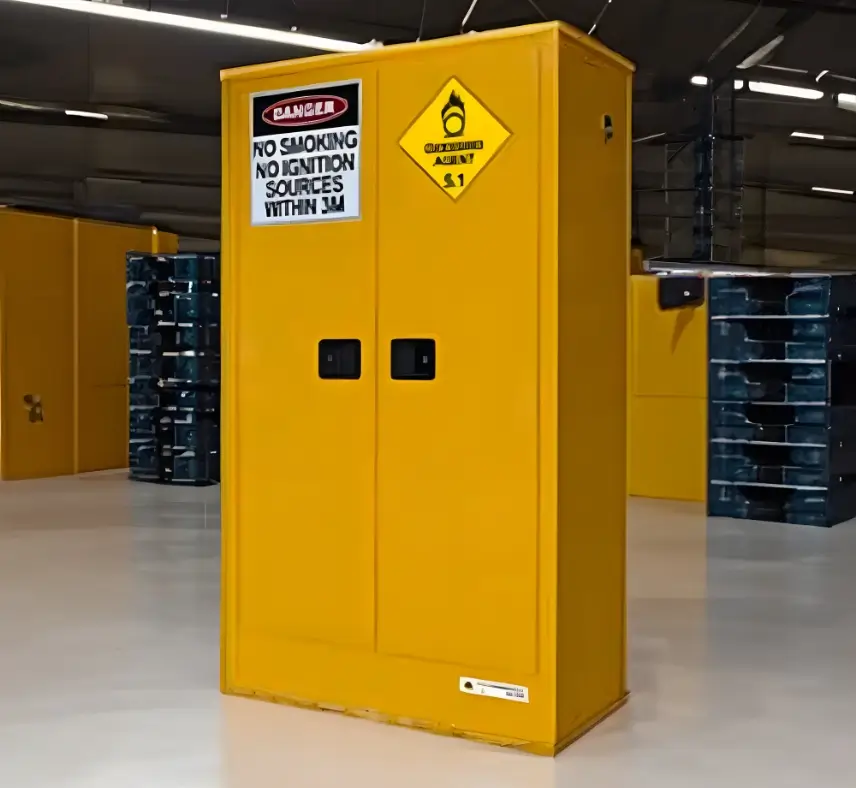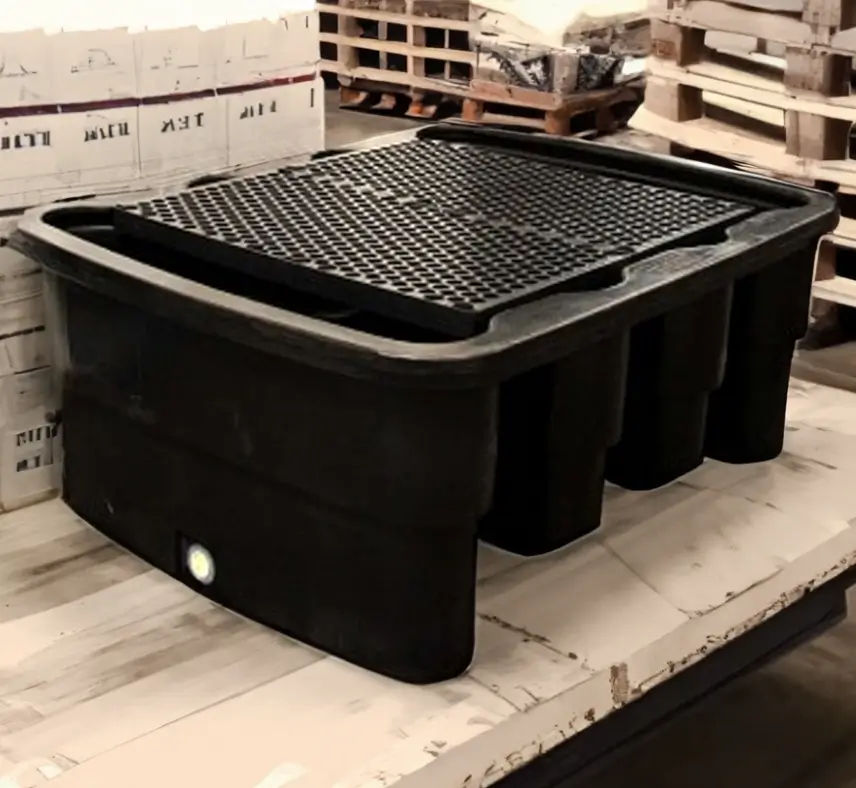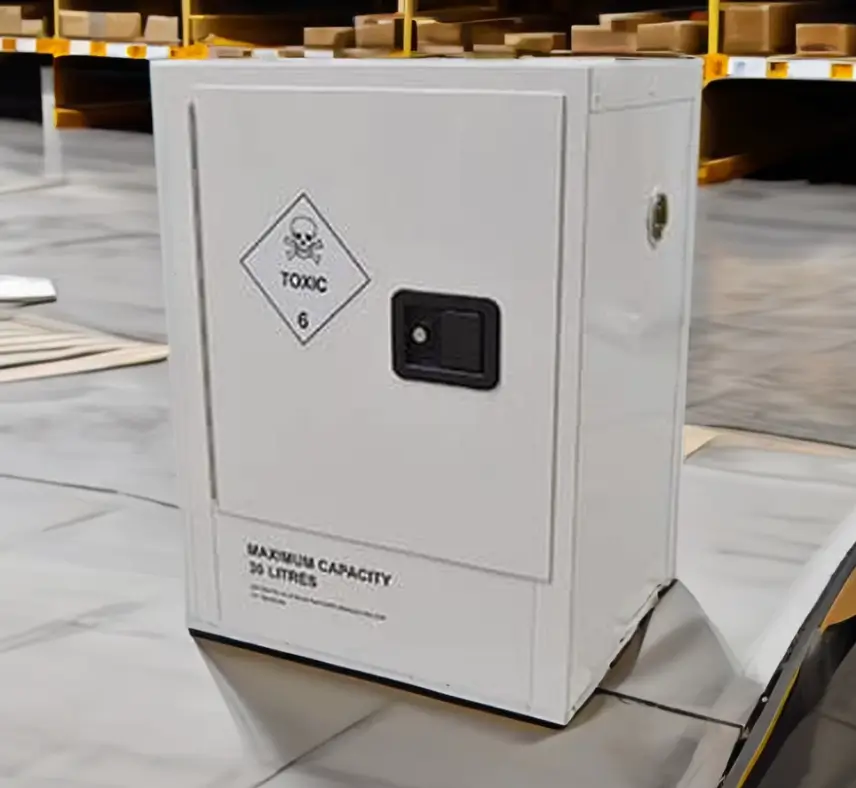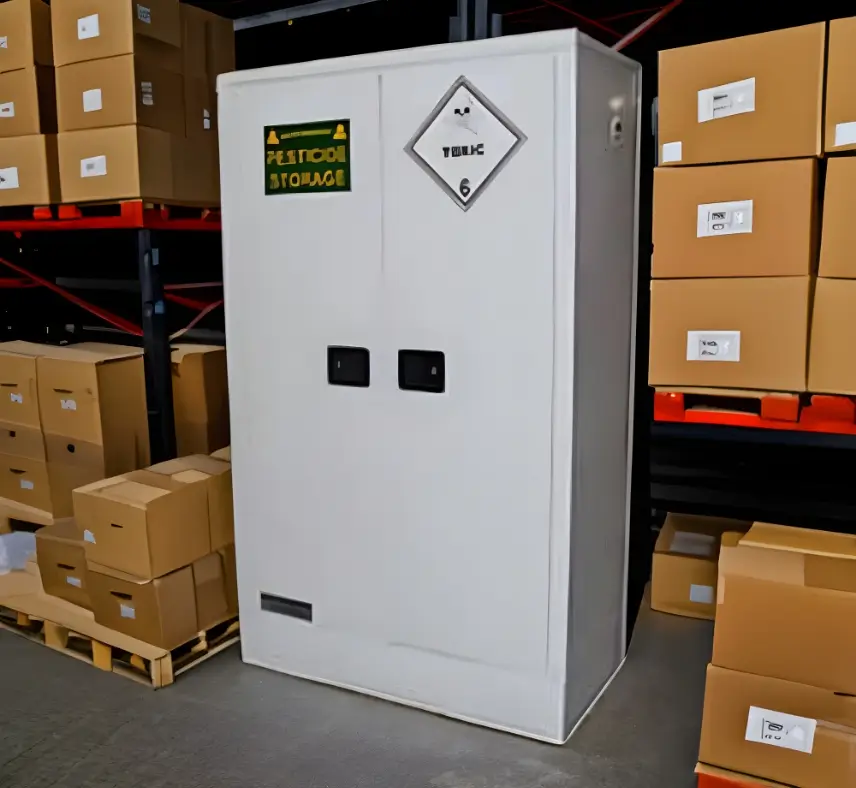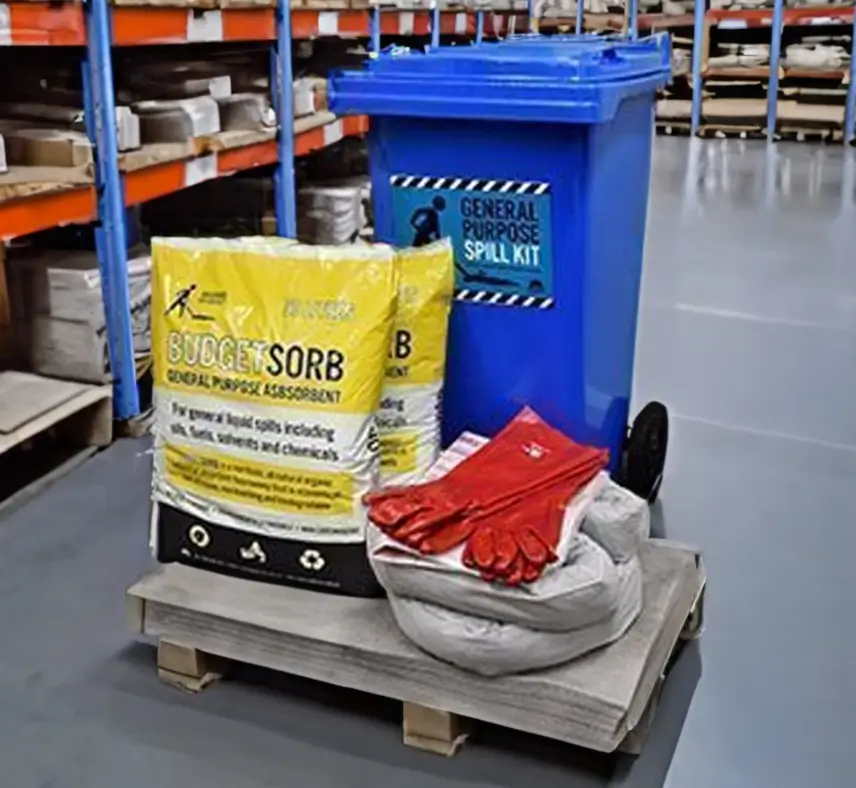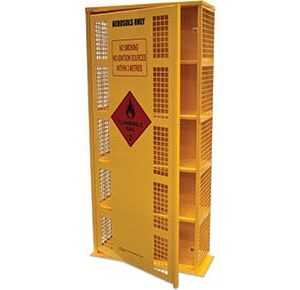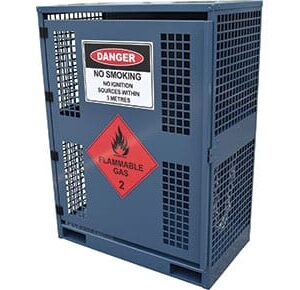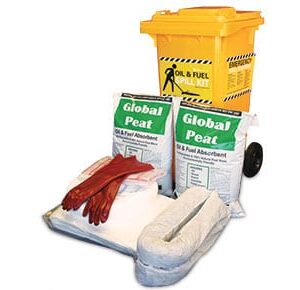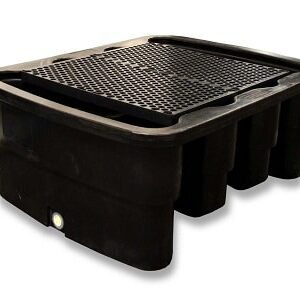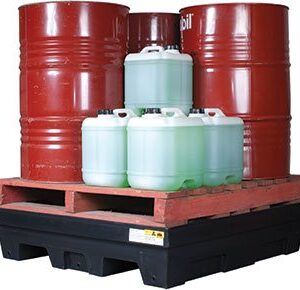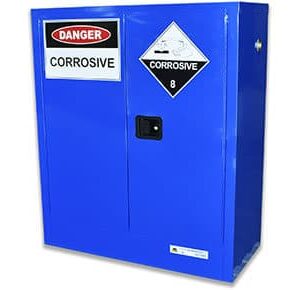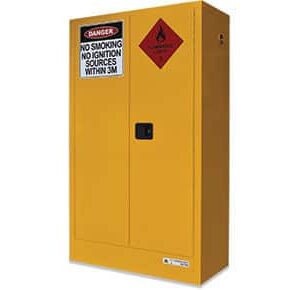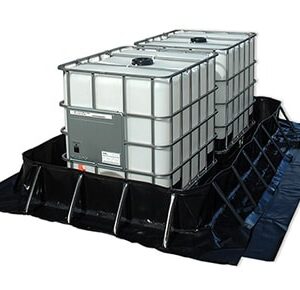Dangerous Goods  Storage Specialists
Storage Specialists
Scroll down
At Wholesale Safety Storage Australia, 100% of our products are manufactured right here in Australia.
Stock levels are replenished daily at our Australia based manufacturer and shipped to distribution centres in Melbourne, Sydney, Brisbane, and Perth.
customers THAT trust WSSA
We give a 100% guarantee to meeting the relevant Australian Standards on all products we supply.

Flammable Liquids Storage

Corrosive & Chemical Storage
With products manufactured in Australia, our business model allows us to deliver goods from the production line direct to the end users door.
No assembly needed – your items will arrive securely packaged & ready to use (framed bund covers excluded).
MANUFACTURED IN AUSTRALIA
Free Metro Shipping *
Australia Wide Delivery
Free metro shipping on purchases over $750 to
Melbourne, Sydney, Brisbane & Perth
Popular Products
-
Aerosol Storage Cage – 220 Can
$1,535.00 + GST Add to cart -
Forklift Gas Cylinder Cage – Q/T/TS size – 2 x Bottles
$940.00 + GST Add to cart -
Spill Kit: Oil & Fuel Outdoor – Economy Plus 135L Absorbent Capacity
$375.00 + GST Add to cart -
Polyethylene IBC Containment Bund
$1,975.00 + GST Add to cart -
Polyethylene drum bund with removable grate – 4 drum
$500.00 + GST Add to cart -
160 Litre Indoor Chemical Storage Cabinet/Corrosive Substances Cabinet
$1,895.00 + GST Add to cart -
250 Litre Economy Indoor Cabinet for Flammable Liquids
$1,845.00 + GST Add to cart -
Collapsible Bund – 2.8m x 1.6m (1,568L capacity)
Price on Application Select options This product has multiple variants. The options may be chosen on the product page
Aerosol & Gass Bottle Storage Cages
Product Showcase: 9kg BBQ LPG gas bottle cages designed and manufactured in Australia to comply with Australian Standards.
Let's see how it's work
1:03 Video time
THINGS YOU MAY WANT TO KNOW
Quick Reference Guides & Information
1. Ensure that all containers are labeled correctly
Make sure they’re not damaged and are sealed properly. Report any damaged or leaking containers immediately to the area supervisor
2. Always carefully inspect all safety equipment and clothing
3. Always read the safety data sheets and labels
4. Never eat, drink or smoke near or when handing dangerous materials.
Always wash your hands with the recommended hand cleaner after use and before handling food, drink or items such as contact lenses or applying anything to the skin. Refrigerators designed to hold and store dangerous goods should not be used to keep food or drinks
5. Store incompatible dangerous goods separately
6. Make sure that everyone in areas where dangerous goods are used or stored
7. Have one person appointed and trained to be in charge in the event of an emergency
8. When transporting chemicals in bottles they should be placed in leak-proof secondary containers
All gas bottles must also be transported standing upright and tied or chained securely and never leave dangerous goods unattended
